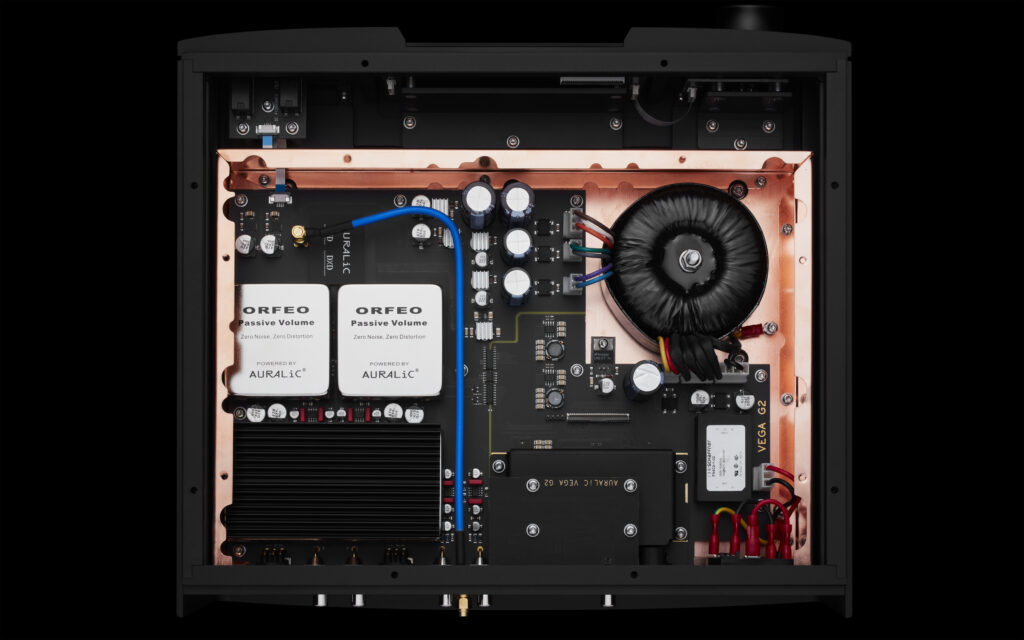
Streaming transport comparisons – digital is digital, isn’t it?
Digital transports have long been a topic of discussion for many – after all, it’s just ones and zeroes that come out of them, so how can their sound quality differ? As this is such a frequent question we decided to carry out a test of our own – nothing too techy, just our thoughts on the sound quality through different connections and from different digital source components.
Given their broad range of components and plentiful connectivity – all of which are relevant to these comparisons – we settled on using Auralic equipment for this, selecting their Vega G2.1 streaming DAC and feeding it from their Aries G1 and G2.1 ‘streaming transports’. These transports were both connected to the outside world wirelessly as this is Auralic’s preference – they believe wireless to be superior if implemented correctly, as it eliminates any possibility of injecting unwanted noise, jitter, and interference via the network cabling & routers, and other associated peripherals.

The Vega G2.1 is first and foremost a high-quality DAC, but it does include a rudimentary UPnP streaming module which broadens its appeal without adding too much to the cost. It’s worth noting that the included streamer lacks the sophistication of Auralic’s Aries models, which, amongst other performance-enhancing features, employ the company’s Lightning DS Server, which provides a quicker and much more stable user interface when navigating local libraries.
It’s often assumed that the streamer itself is unimportant and has little influence on sound quality as it simply supplies bits of information to the DAC, but this is not necessarily the case. Extracting usable data from packets of bits fed into the streamer from the network and rearranging them to create a continuous low jitter stream for the DAC to work with is not a straightforward process, and the benefits of doing this with greater precision whilst at the same time minimising network generated high frequency noise has audible benefits – as we discovered.
For our comparisons we wanted superb system transparency to show exactly what was going on, so we elected to use a pair of YG Acoustics Carmel 2 loudspeakers, as they provide an ‘open window’ to what goes before them. The Carmel 2s were driven by the gloriously fluid-sounding NAGRA Classic power amplifier, fed directly by the Vega G2.1, which has its own well designed analogue volume control.
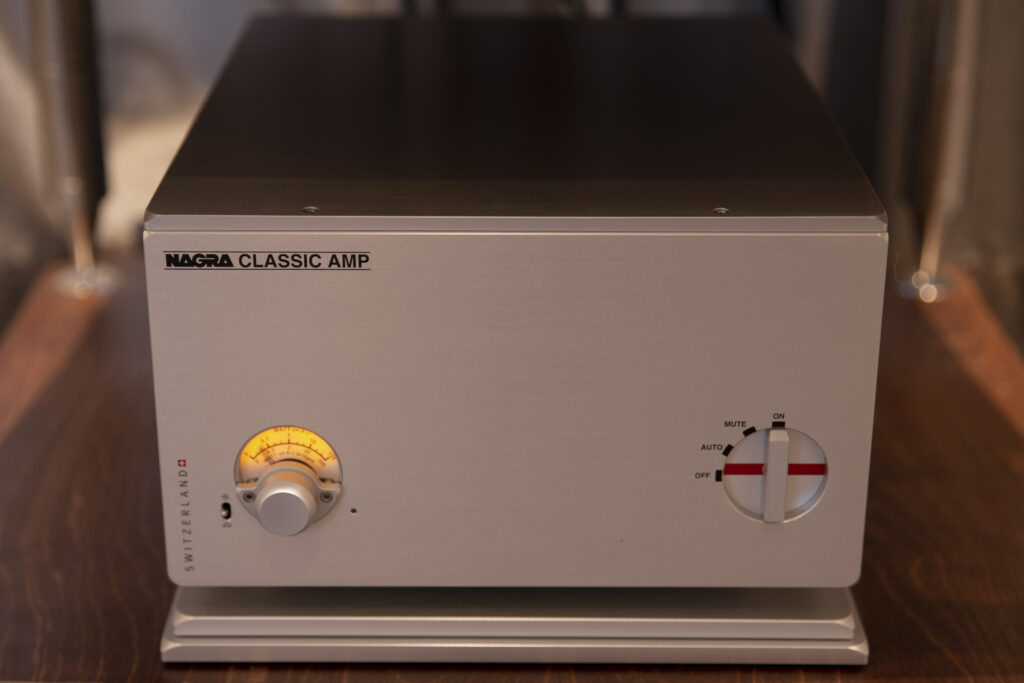
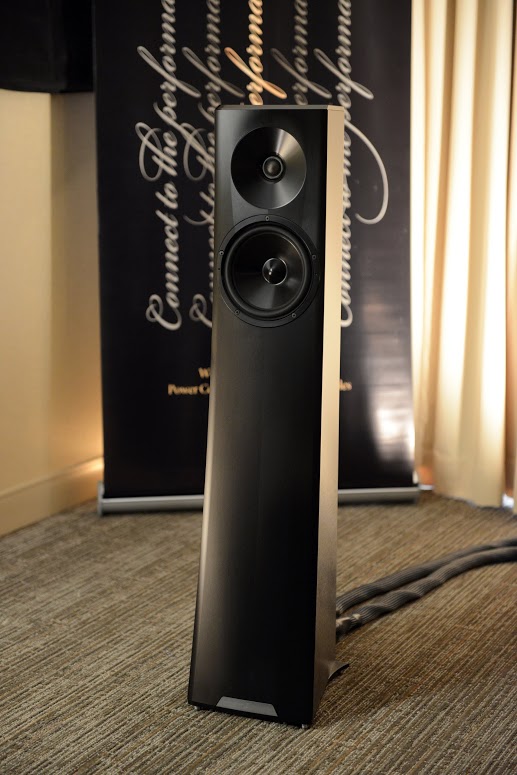
Cables were Siltech Classic Anniversary G7 silver-gold SPDIF digital interconnect, Golden Sound L-Link digital for Auralic’s proprietary Lightning Link connection, Siltech Explorer USB, plus The Chord Company’s Sarum T loudspeaker cables, balanced interconnects and power leads.
A small aside: in addition to a brace of digital inputs the Vega G2.1 also has an analogue input. Whilst this isn’t unique for this type of component the implementation here is quite special in that the signal remains analogue throughout, rather than being digitised as many other manufacturers do, arguably maintaining more of the analogue signal’s integrity. Analogue inputs aside, the digital options are also rather interesting, as in addition to USB, SPDIF (coax), TOSLINK (optical) and AES/EBU, Auralic also provide their proprietary Lightning-Link connection, which is claimed to offer superior data transfer and clock accuracy, giving enhanced sound quality. Furthermore, there are additional connections for use with their Leo Reference Master Clock and Sirius Upsampler, but they’re for discussion another time.
As it turned out, our review became as much about the connection methods as the streamers!

Listening
Using Qobuz throughout for consistency and direct access to files up to 24/192, we began our listening with ‘Sacrifice’ from Stravinsky’s ‘Rite of Spring’ (Paavo Jarvi conducting the NHK Symphony Orchestra of Tokyo- a 96kHz/24bit file).
Listening to the Aries G2.1 through the Vega G2.1 via USB we had the full works of jagged strings and woodwind, shrieking horns, and throbbing bass lines, all delivered with astounding drive, clarity, and pin-sharp stereo imagery. Also, the venue’s acoustics were clearly and openly reproduced. Swapping to the Aries G1 and still using USB, this magnificent delivery was scaled down to a seemingly smaller-sized performance, with a slightly less clear view of the orchestra and the venue’s acoustics. It was superb nonetheless, just not as vibrant or realistic as it was through the superior streamer.
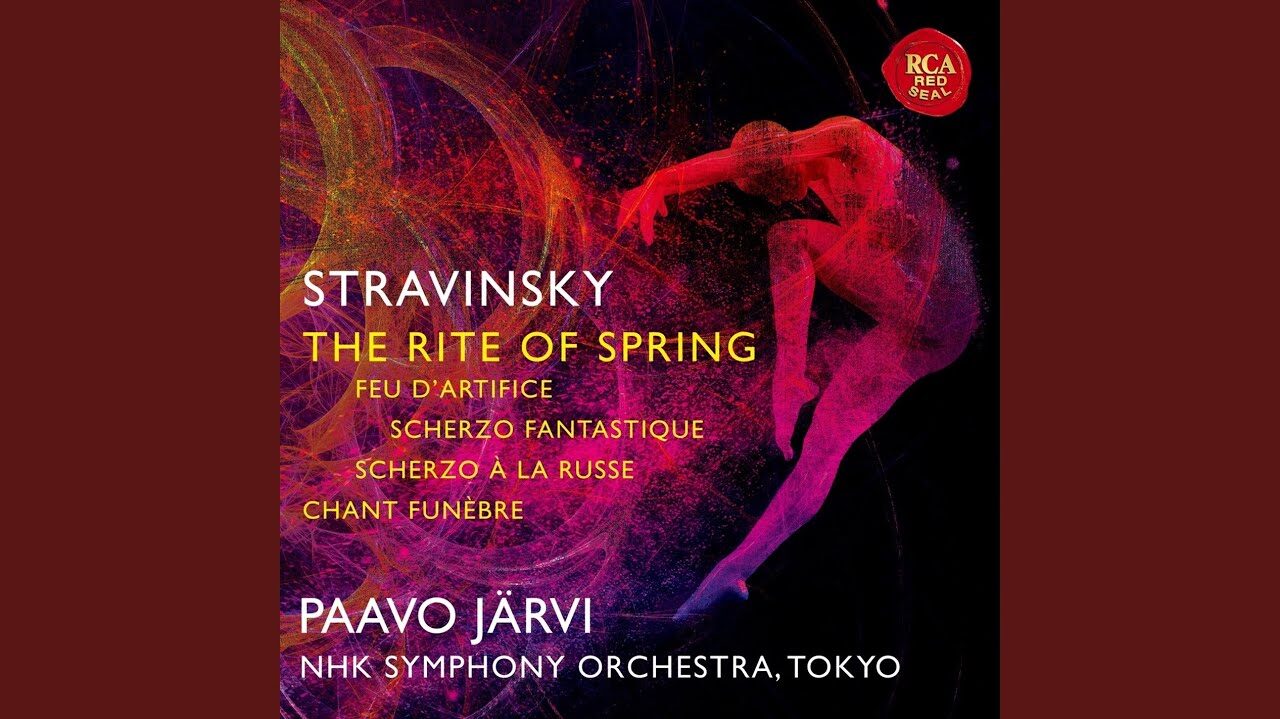
It’s generally accepted that the model above in a range should outperform the model below, but the fact that both streamers are doing the same job and outputting a digital signal from the same source/file and via the same connection continues to fascinate us.
Moving back to the Aries G2.1 only stood to confirm the clearer and more dynamic delivery from this streamer with the same connection (USB).


The next step was to change the connection to Auralic’s proprietary Lightning Link (only available on the Aries G2.1, not the G1), and on doing this we were (metaphorically) knocked out by an obvious lift in sound quality, which was considerably more significant than expected. Now, the music was even more realistic with clearer acoustics and greater dynamics, allowing us to delve even deeper into the orchestra and the hall’s acoustics!

Changing genres to Oscar Peterson’s up-tempo version of ‘Windmills of your mind’ from Walking The Line (re-mastered 88.2kHz/24bit file) also from Qobuz, we began with the Vega G2.1 and Aries G2.1 via the L-Link. We were treated to a fast and furious delivery, from the intro of rapid drumming and cymbals to Oscar’s vigorously played piano, but when we moved to USB, the notes appeared to blur together and the piece rather lost its verve – there was simply better drive, rhythm and pace via the L-link.
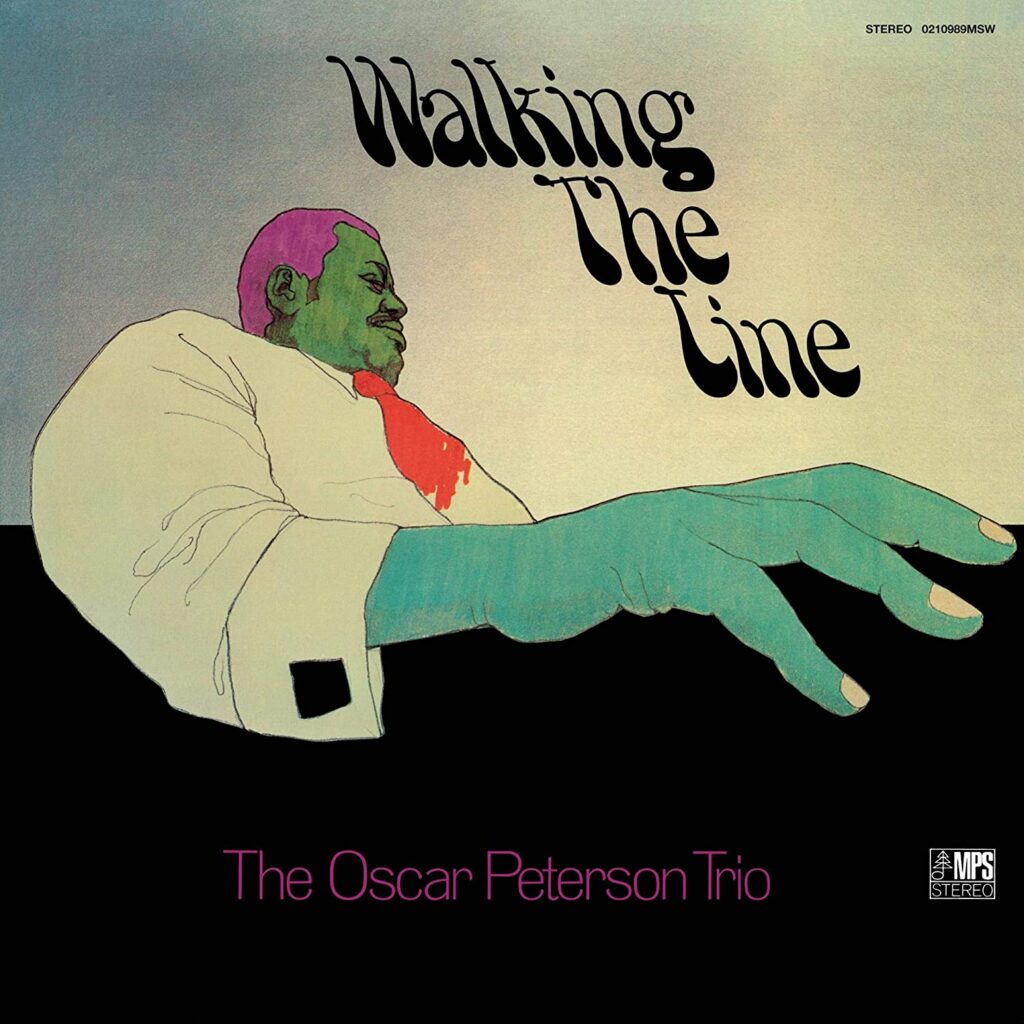
Connected via L-Link, Oscar and his band’s frenetic performance made complete sense. This piece of music with its rapid rhythms and driving energy showed astonishing differences between the different connections, so much so that it felt more difficult to follow and it was therefore less engaging when using the USB connection, and it was equally so with the Stravinsky piece.
Peterson’s piece became even more difficult to follow – bordering on becoming muddled – when we replaced the USB interconnect with SPDIF (coaxial), with the sound becoming congested in comparison to what we’d just heard (a possible cause for this is SPDIF encodes the clock information in the data stream for extraction at the destination, and this makes it vulnerable to jitter by the time it leaves the cable. USB and L-Link have more sophisticated and effective methods of dealing with clocking partly due to their bi-directionality. In theory, re-clocking can minimise any jitter introduced, but it does not seem to be a ‘magic bullet’ fix). Whatever the technical reasons – which we freely admit to not being able to fully understand – the audible effects are clear.
We would like to have made the USB to L-Link comparison with the Aries G1 but the lower cost streamer doesn’t have L-link, no doubt culled to reduce costs, but fortunately it does have USB in addition to SPDIF, so we could compare the two using Oscar’s ‘Windmills’ piece. As we had expected, the USB significantly out-performed the SPDIF again – providing greater fluidity, vitality and dynamism.


Whilst we remain convinced that the DAC has more of a bearing on the sound quality of a digital audio signal, our findings here confirm there’s a definite need for a good digital source for said DAC, so the adage of garbage in garbage out remains true, as has been the case for a number of years in the audio industry!
Visit the dedicated Auralic section of our website for pricing and further information on the brand here.
Read more of our product comparison reviews here.
Visit AURALiC.com for the latest news from the brand.


